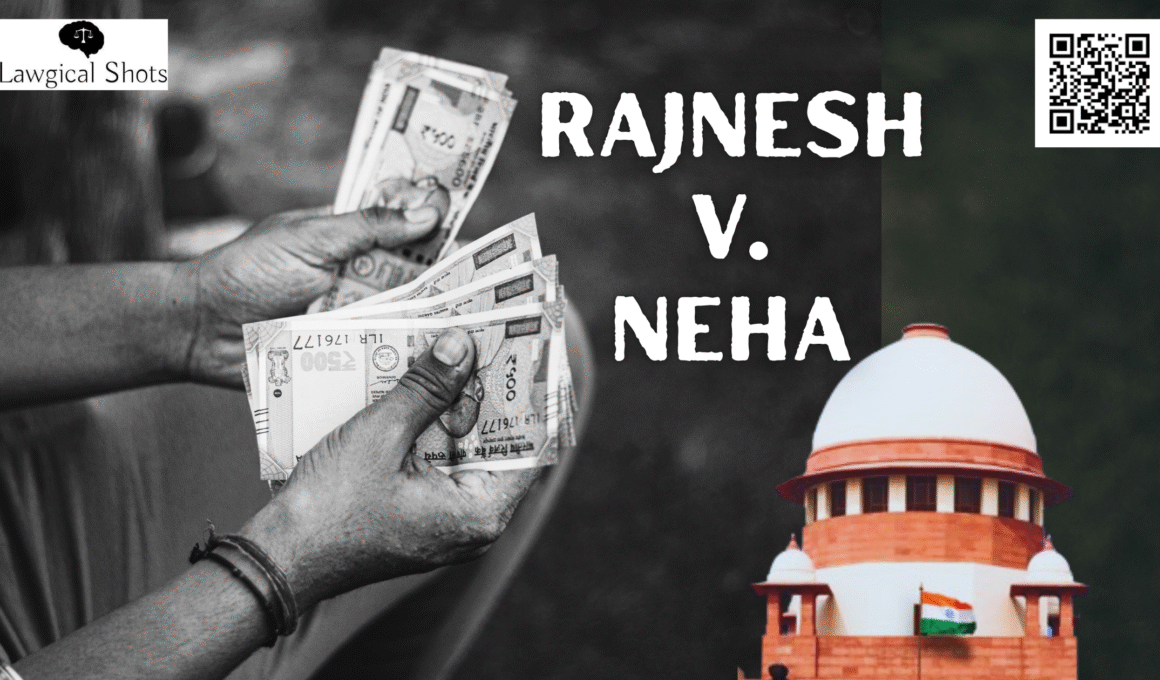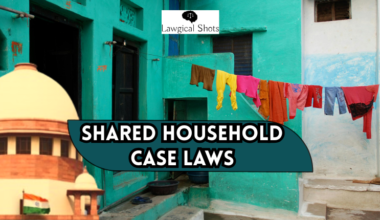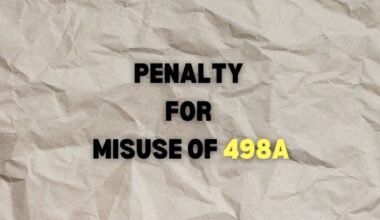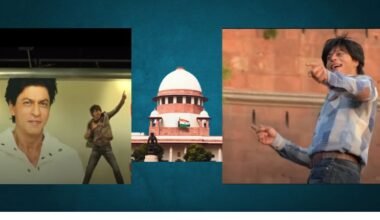What started with an appeal against interim maintenance order under Section 125 of CrPC became a core precedent for matrimonial lawyers. Yes, this is all about Rajnesh vs Neha, Supreme Court judgment that halted a bundle of confusions around maintenance cases, etc. The Supreme Court through Rajnesh versus Neha case introduced guidelines on payment of maintenance in matrimonial cases. The matter was taken up by the Bench of Justice Indu Malhotra and Justice R. Subhash Reddy. Let’s have a look at what all the Court said about Rajnesh vs Neha Affidavit format and the timelines in maintenance/ interim maintenance cases.
Story of Rajnesh versus Neha Case
The dispute started when a wife left her husband soon after the birth of their son. She approached the Family Court to seek maintenance for herself and her son. The Court approved maintenance of Rs 15,000 for the wife and initial Rs 5,000 for their son. The maintenance for son was supposed to increase to Rs 10,000 after a certain period. The husband challenged the Family Court order but the Bombay High Court affirmed it. Hence, the husband appealed before the Apex Court, which resulted in the Rajnesh vs Neha Supreme Court judgment which settled things once and for all.
The main dispute pertained to maintenance. The husband showed his inability to pay arrears of maintenance towards wife, claiming current unemployment. On the other hand, the wife claimed that the husband had investments in real estate projects and other businesses. She even alleged illegal retention of wife’s Stridhan by her husband.
The Supreme Court, going by the line of Family Court and High Court, affirmed the initial order of maintenance. The Court ordered the husband to pay arrears of maintenance within a specific period or may face consequences under Section 128 of CrPC. The Court took this case to precedential essence with the Part B of Rajnesh versus Neha Supreme Court judgment.
Rajnesh versus Neha Guidelines
Through specific guidelines in Rajnesh vs Neha case, the Court decided the following aspects:
- Overlapping jurisdictions under different maintenance laws
- Payment of Interim Maintenance
- Criteria for determining quantum of maintenance
- Date from which maintenance is to be awarded
- Enforcement of maintenance orders
Rajnesh v. Neha Case Summary
- The Apex Court justified enactment of special laws for women through Articles 15(3) and 39 of Constitution.
- Since different laws for maintenance address specific objects, the Rajnesh vs Neha Supreme Court judgment assured that maintenance can be claimed under multiple provisions. Hence, maintenance under HAMA is not an obstacle for maintenance under Section 144 of BNS. The Court further added that prior maintenance awarded should be considered in further proceedings.
- On overlapping jurisdictions in maintenance cases, the Court confirmed that multiple remedies were available under personal laws, DV Act and 125 CrPC. However, the Court acknowledged that the husband could not be directed to pay maintenance under each proceeding independent of other reliefs granted. The Court imposed upon the wife to disclose about maintenance granted in previous proceedings while filing subsequent proceedings. The same has to be accounted for while deciding the quantum of maintenance. The Court in such cases may grant an adjustment or set-off.
- Hinting at 60-day disposal of applications for interim maintenance, the Court highlighted the pendency and called it defeating the object of legislation. The Court first sought to bat for counselling to allow restitution of conjugal rights. Failure may lead the Family Court to proceed with merits. A party seeking maintenance may come up with an application for interim maintenance with limited pleadings along with an Affidavit of Disclosure of Assets and Liabilities.
- As per the guidelines under Rajnesh vs Neha Supreme Court judgment, the applicant seeking maintenance is required to file an application form along with an affidavit of disclosure of assets. The respondent has to submit a reply with the affidavit within 4 weeks. The Courts are restricted to not give more than 2 opportunities for the parties to submit the affidavit. On failure, the Court may decide maintenance based on application, applicant’s affidavit and pleadings. The Court may modify the format for a particular case based on specific exigencies.
- For disputed declaration in affidavit, the parties may seek permission to interrogate or production of relevant documents.
- In case of change in financial status during pendency of proceedings, parties may submit an amended/supplementary affidavit.
- To ensure responsible pleadings, the Rajnesh vs Neha judgment empowers the Court to initiate proceedings under Section 340 of CrPC and Contempt of Court.
- The requirement of affidavit may be dispensed with in case of EWS, BPL or casual labourers.
- Every Family Court to have a Professional Marriage Counsellor.
- To decide duration for payment of permanent alimony, the Rajnesh versus Neha judgment of the Supreme Court made duration of marriage a relevant factor.
- Provisions for reasonable expenses of children’s marriage to be made while determining permanent alimony in case of custody with the wife.
- Funds/Investments made by a spouse or grandparents in favour of children to be considered while deciding child support.
- Rajnesh v Neha case summary clarifies that objective of maintenance is not to punish the other spouse but to ensure that marriage failure does not end up the dependent spouse to destitution or vagrancy.
- Regarding the date from which maintenance may be awarded, Rajnesh vs Neha Supreme Court judgment lays a crucial precedent. It settled that maintenance should be granted from the date of application in all cases, including Section 125 of CrPC (144 of BNSS).
- Enforcement of maintenance orders may be done like a decree of Civil Court. Striking off the respondent’s defense should be the last resort, as laid in Rajnesh vs Neha case.
Factors for Determining Quantum of Maintenance
- Status of the parties;
- Reasonable needs of the wife and dependant children;
- Whether the Applicant is educated and professionally qualified;
- Whether the Applicant has any independent source of income;
- Whether the income is sufficient to enable her to maintain the same standard of living as she was accustomed to in her matrimonial home;
- Whether the Applicant was employed prior to her marriage;
- Whether she was working during the subsistence of the marriage;
- Whether the wife was required to sacrifice her employment opportunities for nurturing the family, child rearing, and looking after adult members of the family;
- Reasonable costs of litigation for a non-working wife.
- Financial capacity of the husband;
- His actual income;
- Reasonable expenses for his own maintenance,
- Dependant family members whom he is obliged to maintain under the law;
- Other liabilities of the husband, if any;
- Age and employment of parties;
- Right to Residence;
- Where wife is earning some income;
- Maintenance of minor children;
- Serious disability or ill health.
Rajnesh vs Neha Affidavit
The affidavit of Disclosure of Assets and Liabilities has been designed by the Supreme Court aligning with the suggestions of several stakeholders. There is a different Rajnesh vs Neha affidavit format for urban and rural populations. Since most of Meghalaya has a tribal population, there is a separate declaration for the State. For any party approaching the Court for seeking maintenance from their spouse, Rajnesh vs Neha Supreme Court judgment mandates submission of this affidavit of disclosure of assets.
Rajnesh v. Neha – Conclusion
The precedential importance can be assessed through the summary and various facets of the Supreme Court judgment in Rajnesh versus Neha. The most important aspect is the affidavit format and factors to determine the quantum of maintenance. The judgment sought to bring clarity for the Courts and transparency for the parties to maintenance proceedings.
Rajnesh Versus Neha Judgment PDF
Also Read








